[introduction] heat exchanger fouling is related to the national economy and many industries need to solve the problem, one of the main problems is the heat transfer field did not solve the. Has attracted much attention from the scientific community and the engineering and technical fields.
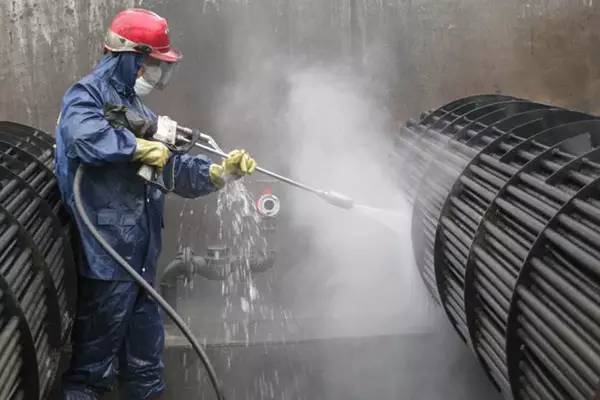
The United States and the world refinery, and the formation of fouling due to treatment of hydrocarbons (scaling does not include water cooling, air cooling and boiler) economic losses caused by the investigation, that U.S. refineries caused by the scaling of the economic losses each year totaled $1 billion 360 million, a total of $4 billion 400 million worldwide.
According to China's relevant reports for heat exchange equipment, scale per cubic meter to reduce the energy consumption of 7%~9%, the thermal efficiency of 10%~20%. I owned all kinds of industrial boilers about 420 thousand units annually due to scale approximately 1 million 750 thousand tons of raw coal waste. Due to improper water management of the boiler, scaling will lead to local swelling deformation and corrosion under the scale, which will directly affect the safety of chemical production.
First, the classification of dirt
From the scaling mechanism of the angle, liquid side fouling can be divided into the following 6 categories:
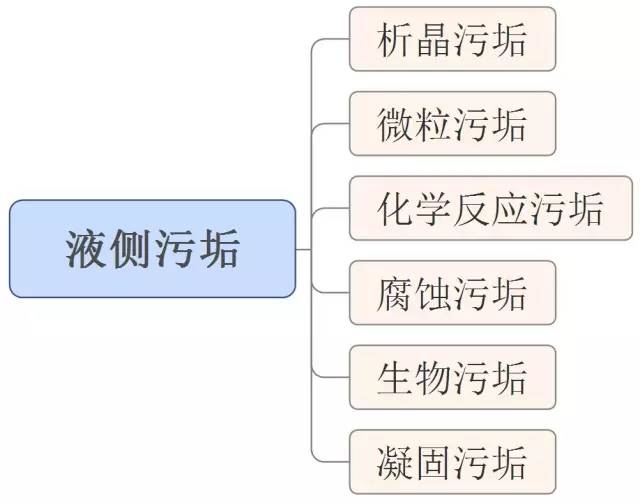
It should be pointed out that the usual fouling formation process may be the result of the interaction of several fouling formation mechanisms.
Two, heat exchanger cleaning method
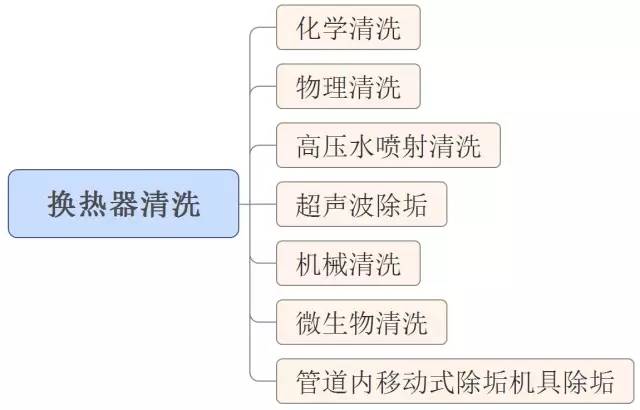
Among them chemical cleaning method and physical cleaning are the most common.
Three, the choice of cleaning agent
The cleaning agent mainly refers to acidic cleaning agent, commonly used inorganic acids and organic acids.
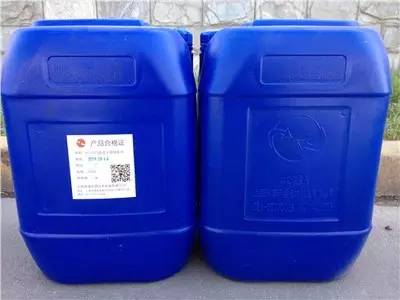
When choosing a cleaning agent, the following principles should be mastered:
1, under the premise of ensuring a certain amount of time, the use of low concentration, normal temperature, safety, economic cleaning agent.
2, test with cleaning agent according to the status and composition of equipment material, scale to determine, this is important to note that cleaning equipment of stainless steel is not allowed to use hydrochloric acid, because of chloride ion in residual hydrochloric acid will cause the stainless steel stress corrosion and intergranular corrosion cracking.
3, under normal circumstances can choose 2 kinds of cleaning agents, each cleaning agent used in cleaning commonly used in high and low 2 different concentrations, a total of 4 formulations with cleaning agent.
4, a number of complex, special scale selection range to be wide, can be used for a number of tests with a cleaning agent, for some complex organic scale samples to choose a special cleaning agent for the use of.
According to the selection principle of the cleaning agent, and the cleaning agent is determined according to the actual situation.
Time to scale the general scale, scale dissolving time shorter, showed that the cleaning agent for scale dissolution is better, cleaner and thus to choose the shortest time scale; scale such as time difference, considering the scale at the same time, the main selection principle and easy operation and other measures from the cleaning agent, after a comprehensive analysis, and then determine the appropriate cleaning agent.
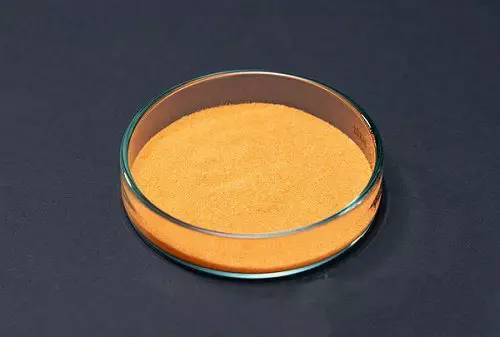
In determining the cleaning agent formula after the last work is the selection of corrosion inhibitor, it is an important step toward determining the cleaning liquid formula, an ideal cleaning solution can remove dirt, but the key is in the scale at the same time, also cannot damage and destruction of equipment to be cleaned, or cleaning itself lost meaning.
The inhibitor is usually determined according to the selection of corrosion inhibitor cleaning agent, temperature, concentration, and then according to the test results, combined with a variety of factors and the actual situation to determine the type and inhibitor concentration etc..
After the above steps, we can scientifically determine the cleaning solution, which determine the type, concentration of cleaning agent and inhibitor type and concentration etc..
Recoil — system structure of pickling method
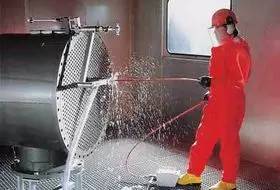
For the heat exchanger, the mechanical cleaning is the main heat exchanger disintegration, the use of artificial methods of piecewise remove fouling layer on the surface of heat exchanger, and then re assembled. Using this method can only be separated from the heat exchange system in heat exchanger, not only time-consuming and laborious, and re assembly, high clamping dimensions of heat exchanger, is not easy to grasp; and change the gasket between the sheets of closed heat damage, maintenance of equipment, maintenance of adverse.
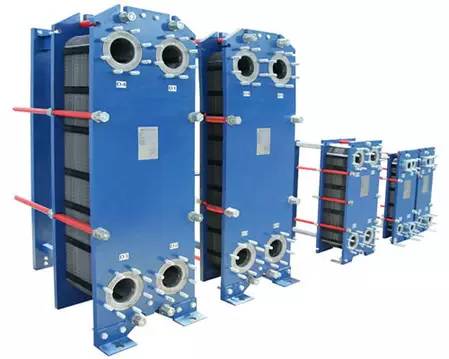
Recoil — system schematic diagram of pickling method:
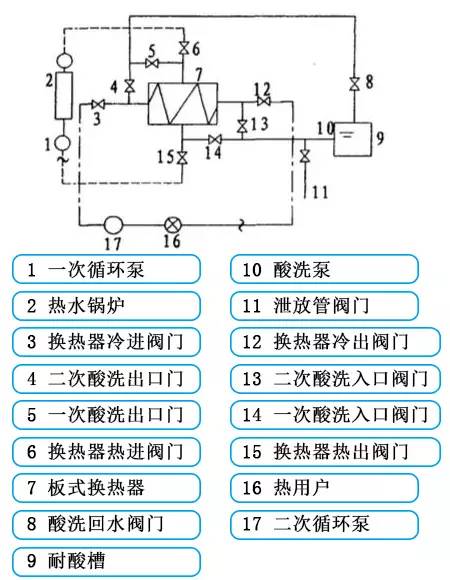
The method can not only be used for cleaning the heat exchanger in the heat exchange system, but also has the advantages of simple, time saving, short period, quick effect, and greatly reduced labor intensity.
The solid line is part of the pickling system. It consists of a pickling tank to a pump, valve and pipeline, supporting the pickling. Backwashing method is pressure head produced by high pressure water, reverse the impact of heat exchanger fouling layer on the surface, out of the heat exchanger, in order to discharge the circulatory system.
Pickling method is to use acid solution to soak, cycle to clean heat transfer surface, remove dirt, improve the heat transfer effect of the method.
(two) recoil — the operation sequence of pickling method
It has proved that the two water flow heat exchanger, namely cold, cold flow side is easy to fouling, fouling layer and thick, so we use two water flow “ recoil — pickling method ” for example. The specific operation process is as follows:
Backwashing, closing plate heat exchanger cold and cold out of the valve into the valve of the first, open at the same time the discharge valve, when placed in the heat exchanger net all two times of water, then open the cold out of the valve, make water two times to form a local reverse flow in the heat exchanger pressure head with the impact of attachment on the scale layer on the surface of the heat exchanger to loose, fouling adhesion is not strong from the heat transfer surface, in order to discharge the circulatory system.
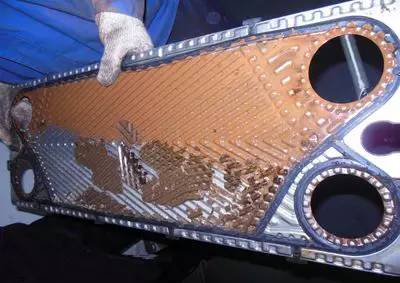
1, should pay attention to in the anti flush:
Recoil time should not be too long, the number of times per flush should not be too much. One to 1 minutes each time is appropriate for 3 ~ 5 times, until the discharge water is clear and transparent, because time is too long, too many times will cause the recoil effect is not obvious, and the system of excessive heat loss.
2, pickling is divided into ten steps:
(1) the closure process: in the case of maintaining the flow of the one or two loop circuit, all theValves.
(2) out of the process: the two cycle of the whole heat exchanger, the heat exchange system. It is to close the heat exchanger inlet and outlet valve of the cold cold and.
(3) the emptying process: open the discharge valve and the two pickling entrance door, emptying the heat exchanger after storing water, close the valve.
(4) spraying process: start pickling pump 10, open at the same time two times the outlet valve and pickling pickling pickling tank and backwater valve; the 9 in acid solution into the heat exchanger, until the return pipe in pickling liquid outflow.
(5): turn off the two closed entrance valve pump and the acid pickling, pickling two times the outlet valve and the pickling water return valve, closed two pickling line.
(6) soaking process: to determine the static soak time according to the liquid acid that were used in the heat exchanger of the two heat transfer surface static immersion.
(7): open the two cycle, the outlet valve of pickling pickling pickling and backwater valve, pump and the two entrance valve so that the whole pickling, pickling system dynamic cycle two.
(8): a certain period of time in the discharge process of circulating acid after open drain pipe valve, net residual liquid, closed pickling system.
(9) neutralization process: add the prepared solution in acid tank to Na3PO4 or Na2CO3 solution, usually, repeat steps 3 to 8.
(10) recovery process: re slowly open the heat exchanger outlet valve cold and heat exchanger cold inlet valve of the two cycles of normal operation.
The reverse washing and pickling process of one cycle is similar to the two cycles. The acid is nitric acid or phosphoric acid, the highest concentration of 4%/ is 60.
Process equipment network finishing release, reproduced please indicate the source.








